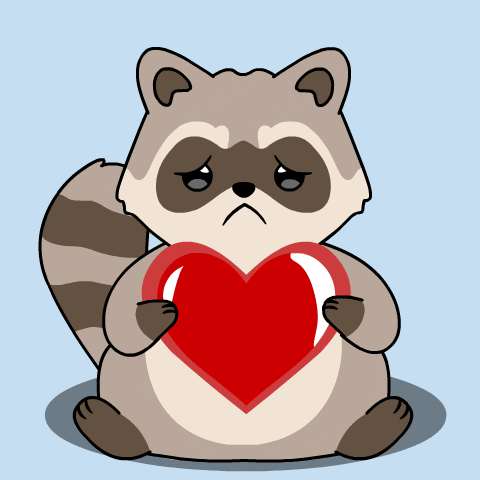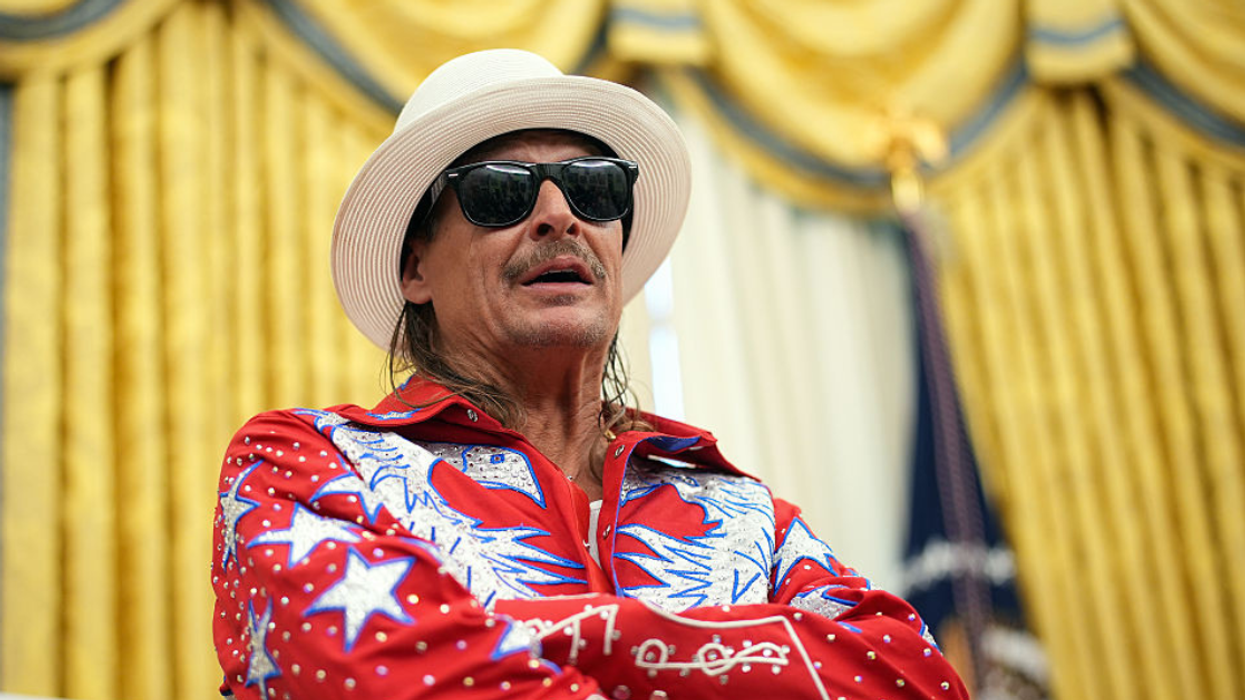Ever wonder what it would be like to float in orbit for years with not a peep from planet Earth? NASA’s IMAGE satellite doesn’t need to imagine: it spent the past twelve years lost in outer space.
But in a happy accident, hobbyist astronomer Scott Tilley recently detected a signal from the satellite, which was left for dead in December 2005. On January 30, NASA confirmed that a signal Tilley had picked up buried within Earth’s magnetosphere matched that of the long-lost machine.
Tilley’s initial goal was to pinpoint the location of US spy satellite Zuma, which failed to launch into orbit this January after blasting off via a SpaceX booster. Instead, a check of the signal against a standard satellite catalog indicated he had stumbled upon IMAGE, a satellite considered “off the grid” for over a decade.
Amateur astronomers really do make a difference.
Using data from their Deep Space Network, a system of radio telescopes, NASA scientists were able to confirm his discovery matched IMAGE, and eventually established contact with the crashed craft. In an official statement, they declared: “On the afternoon of Jan. 30, the Johns Hopkins Applied Physics Lab in Laurel, Maryland, successfully collected telemetry data from the satellite. The signal showed that the spacecraft ID was 166 — the ID for IMAGE.”
The Imager for Magnetopause-to-Aurora Global Exploration (IMAGE) satellite launched in March 2000, and orbited Earth for five years, three years longer than initially intended, before NASA lost all contact with the craft.
According to NASA, IMAGE was the "first satellite mission dedicated to imaging the Earth's magnetosphere, the region of space controlled by the Earth's magnetic field." Specifically, one of the project’s lead scientists claimed it was designed to “see the invisible.”
During its years in orbit, IMAGE mapped out the unseen sphere of electric gas that wraps around the planet, protecting it from the sun’s strong winds while still allowing its light through. The magnetosphere’s plasma ripples flexibly under solar winds; yet is prone to storms capable of knocking a satellite out entirely.
For years, IMAGE transmitted images of the globe’s magnetosphere, as well as of solar storms, back to Earth. Scientists were able to use these images, the first of their kind, to help predict space storms. Additionally, IMAGE discovered cracks in the planet’s magnetic field and found evidence that Earth protects itself from these storms by spewing jets made from its own atmosphere.
Yet within a month of it going dark, NASA declared the vibrant craft “lifeless.” In a blog post detailing his discovery, Tilley noted: "NASA considered the spacecraft a total loss due to a design flaw that manifested while the spacecraft was in its extended mission.”
Tilley's find may enable NASA to save the $132 million satellite.
NASA is not finished with IMAGE just yet, however. Officials confirmed via statement: “The NASA team has been able to read some basic housekeeping data from the spacecraft, suggesting that at least the main control system is operational.” They further announced they “will continue to try to analyze the data from the spacecraft to learn more about the state of the spacecraft.”
Who knows? Perhaps IMAGE has more secrets yet to reveal about the mysterious, powerful “ocean” that surrounds and protects our planet.







 Sad Break Up GIF by Ordinary Frends
Sad Break Up GIF by Ordinary Frends  so what who cares tv show GIF
so what who cares tv show GIF  Iron Man Eye Roll GIF
Iron Man Eye Roll GIF  Angry Fight GIF by Bombay Softwares
Angry Fight GIF by Bombay Softwares 





 @jimmykimmellive/Instagram
@jimmykimmellive/Instagram @jimmykimmellive/Instagram
@jimmykimmellive/Instagram @jimmykimmellive/Instagram
@jimmykimmellive/Instagram @jimmykimmellive/Instagram
@jimmykimmellive/Instagram @jimmykimmellive/Instagram
@jimmykimmellive/Instagram @jimmykimmellive/Instagram
@jimmykimmellive/Instagram @jimmykimmellive/Instagram
@jimmykimmellive/Instagram @jimmykimmellive/Instagram
@jimmykimmellive/Instagram @jimmykimmellive/Instagram
@jimmykimmellive/Instagram @jimmykimmellive/Instagram
@jimmykimmellive/Instagram @jimmykimmellive/Instagram
@jimmykimmellive/Instagram @jimmykimmellive/Instagram
@jimmykimmellive/Instagram @jimmykimmellive/Instagram
@jimmykimmellive/Instagram @jimmykimmellive/Instagram
@jimmykimmellive/Instagram


 @realDonaldTrump/Truth Social
@realDonaldTrump/Truth Social